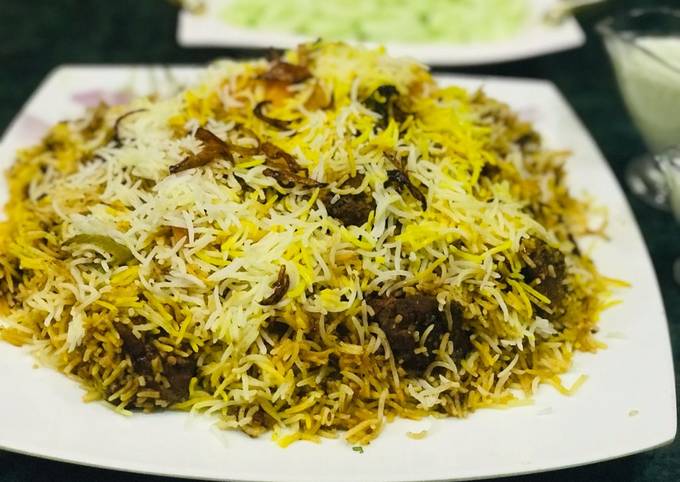
Leave them whole or chop into bite size pieces.

Cover and let them rehydrate for 7-8 mins. To rehydrate the plums, bring 250ml water to a boil and pour it into a heatproof bowl. Let the rice soak for 2 hours at room temperature. Place the washed rice in a deep saucepan and cover with water till completely submerged and the water level is about an inch above the rice. To soak the rice, place the rice in a strainer and wash the rice under cold water for 2-3 mins agitating the rice grains with your fingers. This recipe provides a framework of a biryani with certain fixed and a few variable elements.ģ00gm parboiled basmati rice/ regular basmati riceĬoriander stems from 1 bunch (50g) or coriander leaves bundleĢ tomato, de-seeded and sliced into thin wedgesĦ chillies (can be reduced depending on heat preference), finely choppedĬoriander leaves, roughly chopped (save the stems for the chicken gravy)ġ⁄4 cup milk + 1 tbsp ghee, warmed until the ghee is mixed in The slow cooking of the gravy ensures that the chicken is juicy and falls off the bone. The method of layering (if done correctly) yields a fluffy biryani with a crispy bottom almost reminiscent of the crispy rice in a tahdig. The potatoes, fresh coriander and fresh chillies in the layering bring this dish to life. The sweet caramelised onions and plums meld into the sour tomatoes and the rich yoghurt. The overarching flavour of this dish is the floral notes of the star anise, black cardamom, green cardamom along with the heat of the garam masala.

The cornerstones of a Sindhi biryani are, sella (parboiled) basmati rice, aloo bukhara, chicken, khatta (sour) curd, a lot of tomatoes and chillies.

This biryani is believed to have evolved from the Awadhi style of biryani. The Sindhi version of biryani, originating from the Sindh region of Pakistan is recognised by its spicy, sour and sweet taste. While Sindhis are infamous for their dal pakwan and koki, very few are aware of our ability to whip up a mean biryani. It is one of those dishes that adapts to different settings - a high-brow affair with a heavy price tag at a wedding, or dressed down with a bottle of Thums Up at a roadside establishment, both uncompromising in flavour. Perfected in the Mughal kitchens, this delicacy has evolved into several iterations, making it a staple in our country. A Sindhi biryani is unique in its collection of ingredients - dried plums, sweet caramelised onions, rich yogurt, sour tomato, fresh chillies, potatoes, nutmeg and mace, as it is in flavour - spicy, sweet and sour.īiryani is believed to have originated in Persia and brought to India by the Mughals.


 0 kommentar(er)
0 kommentar(er)
